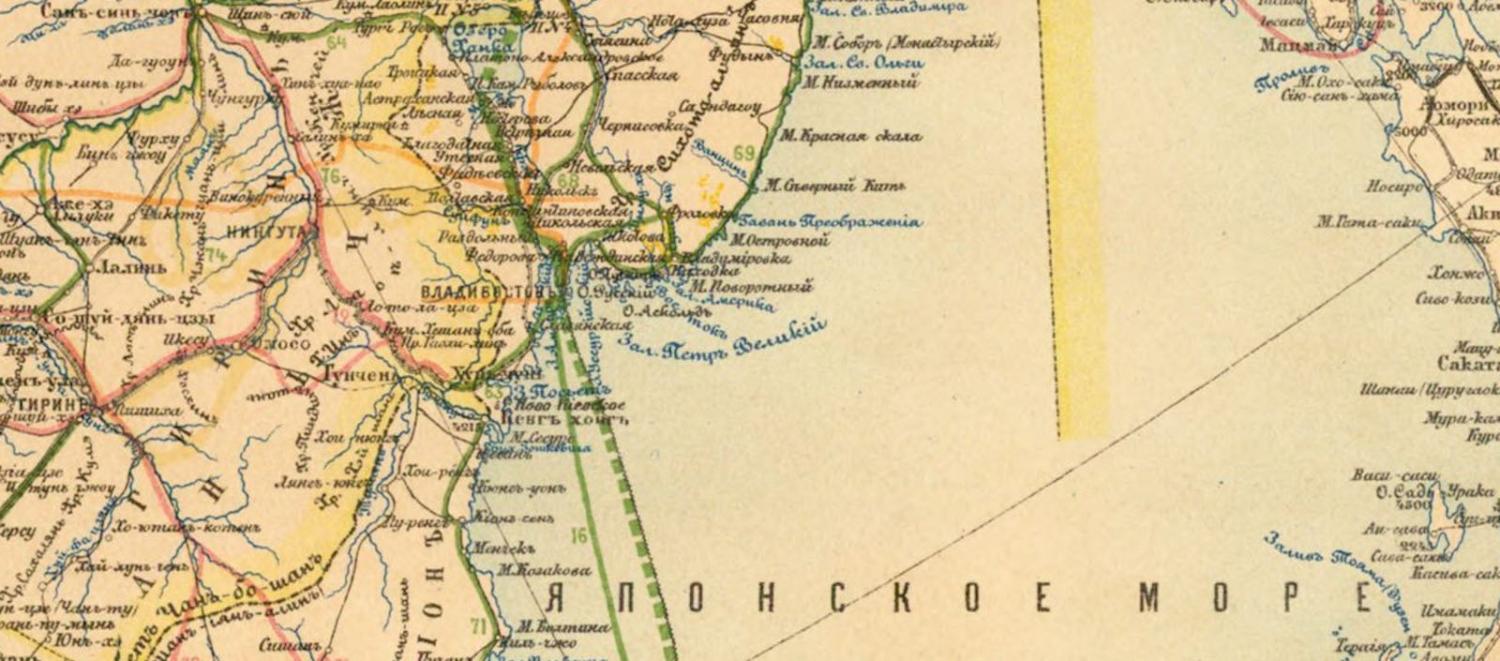Ten years ago, Vladivostok was the scene of street marches and demonstrations. The area known as the Russian Far East had experienced a long economic slump after the collapse of the old Soviet Union and anger had built. The demonstrations were eventually and brutally put down after riot police were brought in from Moscow, some 6000km away. But that unusual defiance of Moscow in the region can still be detected a decade later.
In recent elections, residents of the Russian Far East rejected Moscow’s candidate for governor. The suspicion of distant authorities in Moscow is paired with quite a positive attitude toward immediate foreign neighbours, such as the Japanese, Chinese, and Koreans. There have even been outbursts of calls to “Give Vladivostok to Japan”.
The suspicion of distant authorities in Moscow is paired with quite a positive attitude toward immediate foreign neighbours.
As a major Far Eastern port on the Pacific, in the years after the Soviet collapse the only source of reasonable income was reselling used Japanese cars. In 2008, Moscow decided to stop this practice and impose stiff tariffs. This was the spark for the demonstrations.
The authorities did not trust the local police. But the harsh treatment of protesters by reinforcements from Moscow led to local outrage. At the time, the internet was full of angry comments. Locals complained that Moscow looked upon the Far East as a colony, and it would be better to be a separate state. Long before, during Russian Civil War, a Far Eastern Republic had briefly existed before being snuffed out.
The protesters actually set out to juxtapose an independent Far East Republic in a symbolic way. In one of the placards carried by locals, a tiger, which symbolised the Far East, confronted a bear, the symbol of both Russia and the central government. Others had even more radical ideas. They wanted to be a Japanese protectorate, and some demonstrators carried Japanese flags and the slogan “Give Vladivostok to Japan”.
The anger has subsided. Vladimir Putin made Vladivostok a showpiece for the 2012 APEC summit, pouring billions of dollars into the city for infrastructure and transforming a Soviet-era naval base on Russky Island into a university. The city has again been the backdrop for Putin’s Eastern Economic Forum, in September hosting China’s Xi Jinping, Japan’s Shinzo Abe and South Korea’s Moon Jae-in. Yet public sentiment, though hard to measure, still appears to carry an independent streak, if the gubernatorial results are any guide.
The strength of the ties to the immediate neighbourhood is illustrated by the continuous presence of Korean workers in Russia, mostly in the Far East. Suspicions of China are more prevalent in the Russian heartland than in the east, where there is also nothing against the Koreans – both the North and the South – and the Japanese. This regard for countries in the region contrasts with various ill-conceived projects from the centre (eg. granting each Russian resident a piece of land in the vast expanses of the Far East), which are bound to fail and cause resentment.
The implications are fascinating. Perhaps in some future scenario, when serious socio-economic and political crisis strikes, at a time when Moscow could not send outside law enforcement or soldiers from the heartland, Far Easterners might not be against finding their own way in the world or joining a close neighbour, especially as China grows richer and comparatively more tolerant.
One day, the fate of the Far East could be to split from the Russian Federation.
Photo via Stanford Libraries

